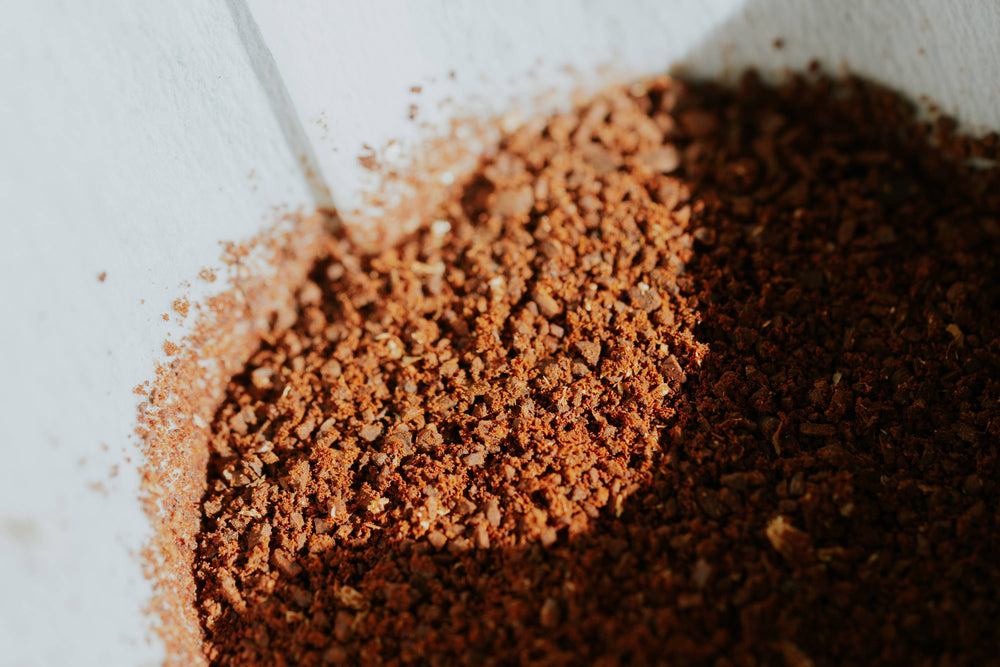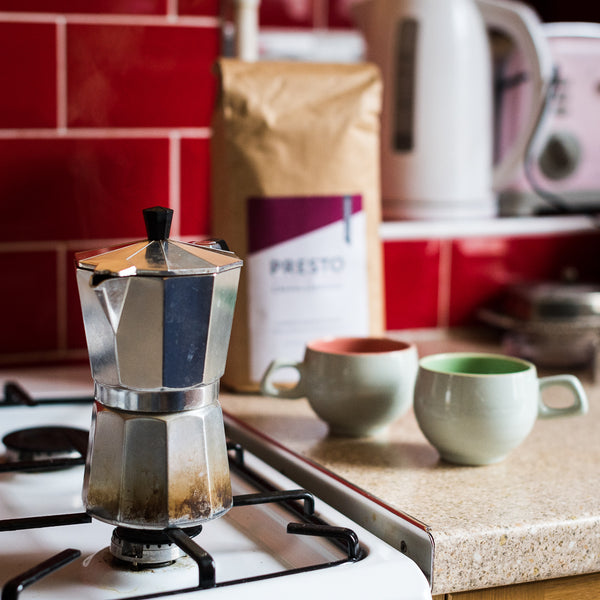Brewing the perfect coffee at home starts with working out the right measurements for you. One crucial aspect of achieving coffee nirvana is determining the ideal amount of ground coffee to use per cup. In this article, we'll explore the easiest ways to measure ground coffee, providing you with practical tips and guidelines for obtaining that delightful brew that satisfies your taste buds. Just remember, there's no right or wrong amount of ground coffee to use—you brew you!
De-mystifying Coffee-to-Water Ratio
When it comes to brewing coffee, the coffee-to-water ratio plays a vital role in determining the flavour, strength, and overall taste of your cup. It's the magic formula that balances the right amount of coffee with the appropriate volume of water. To achieve the perfect balance, you need to consider a few factors:
Personal Preference |
Coffee Bean Varieties |
Brewing Method |
| Coffee is subjective, and everyone has their preferred taste. From enjoying a bold, full-bodied brew to a milder, more subtle flavour, understanding your taste preferences will guide you in determining the right amount of ground coffee to use. | Different coffee beans have unique characteristics, such as their origin, roast level, and flavor profiles. These factors affect the intensity and taste of the brewed coffee. Experimenting with various coffee beans can help you discover your ideal ratio. | The brewing method you choose also influences the ideal coffee-to-water ratio. For example, a French press typically requires a different ratio than an espresso machine or a pour-over setup. |
Quick Tips for Measuring Your Ground Coffee or Coffee Beans
While personal preference and variables like bean type and brewing method affect your ideal coffee-to-water ratio, some general guidelines can serve as a starting point. Remember, these measurements can be adjusted based on your taste preferences. Below we have also recommended the best Presto roast for a lighter, stronger or more balanced coffee.
LIGHTER |
STRONGER |
BALANCED |
|
If you prefer a milder cup of coffee, you can decrease the amount of ground coffee to one tablespoon per 180ml (6oz) of water. This will yield a lighter taste. |
If you prefer a stronger cup of coffee, you can increase the amount of ground coffee to two tablespoons per 180ml (6oz) of water. This will result in a bolder flavor profile. |
For a balanced, medium-strength cup, a common recommendation is to use one to two tablespoons of ground coffee per 180ml (6oz) of water. |
Fine-tuning Your Coffee Measurements
While the guidelines above are a great starting point, finding the perfect coffee-to-water ratio often requires some experimentation. Here are our top three tips to help you fine-tune your measurements:
- Adjust in Small Increments: When making changes to your coffee-to-water ratio, adjust the amount of coffee by small increments, such as half a tablespoon, until you achieve your desired taste.
-
Keep a Coffee Journal: Maintain a record of your brewing experiments, including the amount of coffee used, water volume, and the resulting taste. This journal will be a valuable reference for future brews.
-
Taste and Adjust: The ultimate test is in the taste. Be open to experimenting, tweaking, and adapting your measurements until you find the perfect balance that pleases your palate.
Achieving the perfect cup of coffee involves finding the ideal coffee-to-water ratio that matches your taste preferences, coffee bean characteristics, and brewing method. By starting with general guidelines and gradually adjusting to suit your preferences, you can create a brew that satisfies your coffee cravings every time. Remember, the joy of coffee lies not only in the outcome but also in the journey of exploration. So, grab your favourite Presto coffee roast and start experimenting!
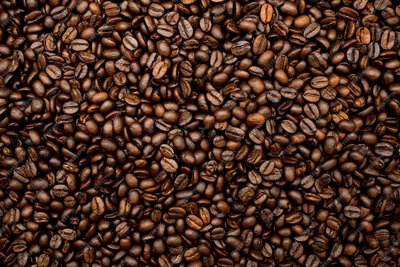
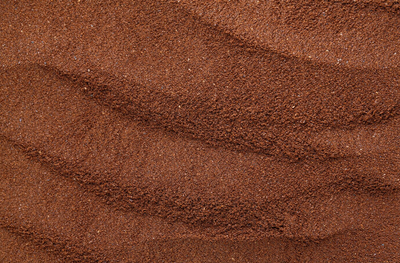
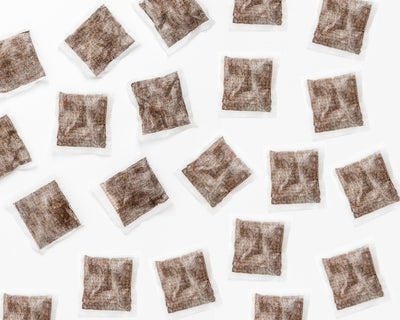
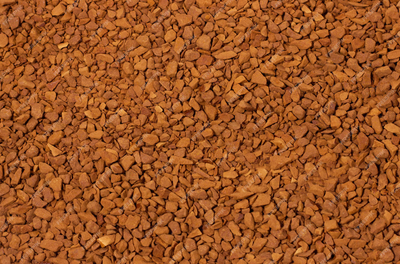


 Log in
Log in